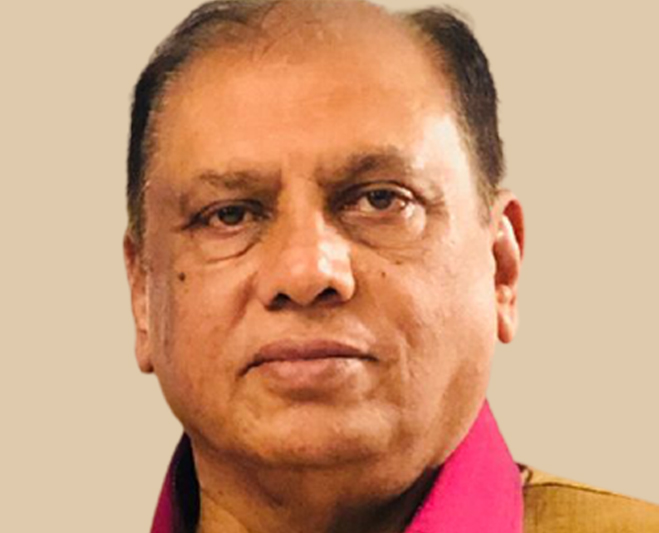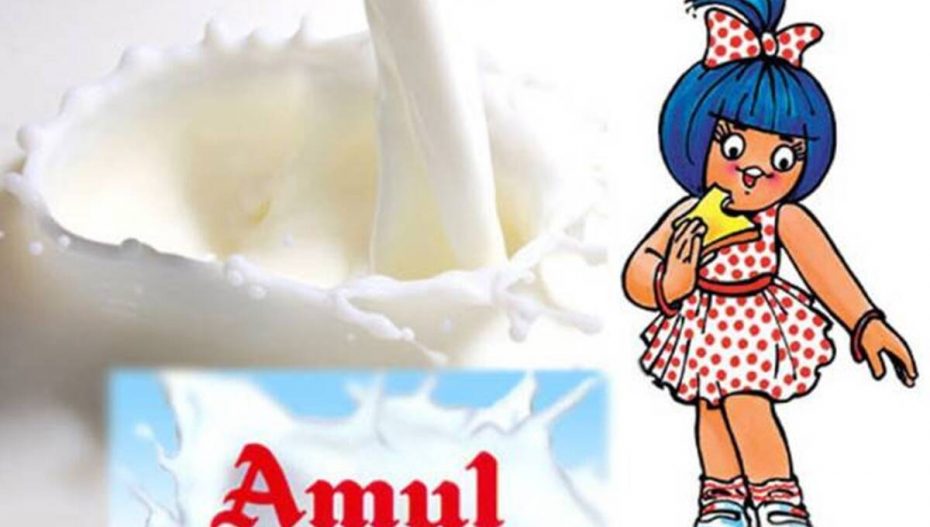Milk production in Gujarat has now reached such proportions that the Gujarat Co-operative Milk Marketing Federation (GCMMF) is unable to sell all of it. This year GCMMF (owner of the Amul brand) was obliged to convert the surplus into milk powder and sell this in the international markets at a loss. Last month, the Gujarat government, allocated Rs 150 crore as a subsidy to GCMMF against these export losses.
BM Vyas, who led GCMMF as managing director for 20 years and is now retired, says the subsidy is a “shame” and the Federation could have avoided this predicament if it had planned ahead. In an exclusive interview with Vibes of India, Mr. Vyas talks of alternate strategies for marketing Gujarat’s excess milk supply.

VOI: Will GCMMF need regular subsidies from the government henceforth?
Vyas: GCMMF could have absorbed this loss without asking for a subsidy from the Gujarat government. In fact, I think it is a real shame that a proud organization like Amul had to ask for a subsidy. What is Rs 150 crore for an organization with a turnover of Rs 50,000 crore? The subsidy will come with strings attached. Amul can now expect more and more political interference from the government. They will want more control, more seats on the Board.
VOI: Is excess milk supply going to be an ongoing problem for Amul?
Vyas: The growth in milk production, which is around 8% annually, has happened gradually, over a period of time. You have to anticipate this growth and make a long-term marketing plan. Amul receives around 260 lakh litres of milk a day and most of that is sold as liquid milk. Value-added products like curd, ghee, cheese, butter and buttermilk make up a relatively small portion of the turnover. Around 100 lakh litres of liquid milk is going to be surplus and you have to build new markets for it.
VOI: Where will the new markets come from?
Vyas: You have to think boldly. The late Dr Verghese Kurien and I had discussed a plan to ship liquid milk to the Middle East from the coast of Kutch. We move liquid milk from Anand to Delhi and Kolkata in 50,000-liter vacuum rail tankers. So moving milk from Gujarat to UAE by sea containers is possible. The transportation cost for shipping liquid milk is lower than the cost of converting it into milk powder. As a first step, I started marketing GCMMF products in Dubai. We appointed 20 distributers, including the well-known Lulu group. The plan was to eventually set up a dairy in the UAE Free Trade Zone, which would supply to the rest of the region. The whole of the Middle East is short of milk. Their cost of production is high and they can never compete with India.
VOI: After ice cream, Amul has added several new products like mithai, bread, French Fries to its portfolio. Can these value-added products absorb the surplus milk in the long run?
Vyas: We had hired TCS as consultants in my time and they said Amul needs to concentrate on dairy products if it is to reach the target of Rs one lakh crore turnover by 2025. Diversification into potato-based products like Hash Browns, Aloo Tikki and French Fries is a distraction and mostly a result of pressure from Banas Dairy chairman Shankar Chaudhary because potato is a big crop in that area. Even the diversification into camel milk is a waste of time given the small volumes. GCMMF is a thinly staffed marketing organization and cannot afford such distractions. Instead, it should focus its energies on its main products. Amul could set up milk distribution networks in the 80-plus cities with a population of more than 50 lakh where it is not present. For example, Amul milk could go to Cuttack, Puri and Rourkela in Orissa, which are all milk deficient and will remain so for the next few decades.
VOI: Given the current surplus, is there a case for discouraging further growth in dairy farming? Or at least fixing prices according to supply and demand?
Vyas: That would go against the core objectives of dairy co-operatives. Uttar Pradesh (UP) produces three times more milk than Gujarat and farmers there are at the mercy of private dairies, with absolutely no price stability. GCMMF’s job is to protect farmers from exploitation. We set up operations in Delhi to save the farmers of UP. Amul is not just a brand name for Gujarat. It is a brand name for all farmers of India.













Thanks to all, present and past associated with Amul /GCMMF for making Amul what it is today,. It has become a household name not only in India but the whole world.
Pranam to the founder Dr. Varghese Kurien and his Guruji Shri T. K.. Patel saaheb.
Mr. B. M. Vyas (highly experienced Ex. MD of GCMMF) has very correctly suggested that surplus milk can be distributed to other populates cities where Amul milk is not available.
Great Interview with Clarity Sir…. Many Mktg lessons
1.Mr.BM Vyas planned to meet the demand of Eastern India and he has proved with success. The farmers of the region also benefitted.
2. To fulfill the dream of Dr.V.Kurien, Dairy Industry should focus and contribute in rural development.
3.Climate change is a biggest issue. Each dairy should contribute in facing this challenge.
4. Political interference damaged many cooperative. We have to protect in the interest of farmers.
Excellent interview